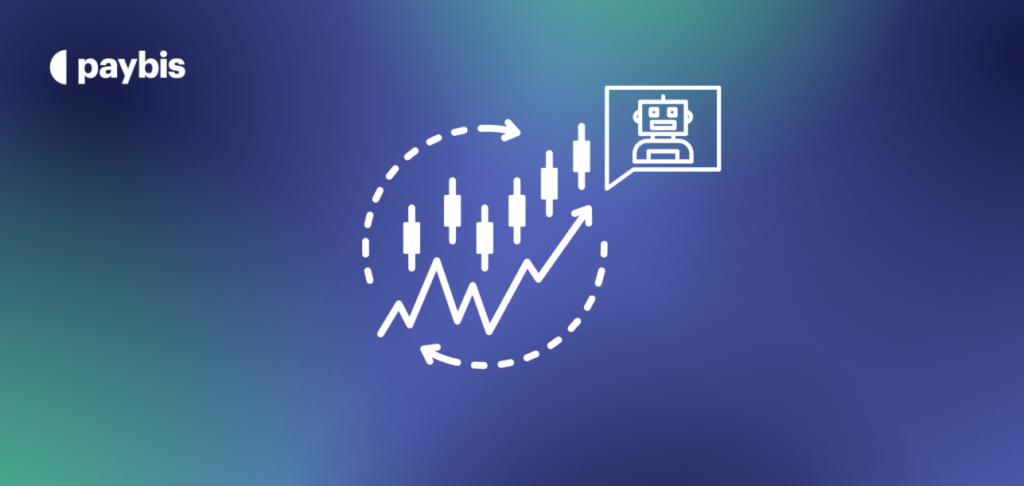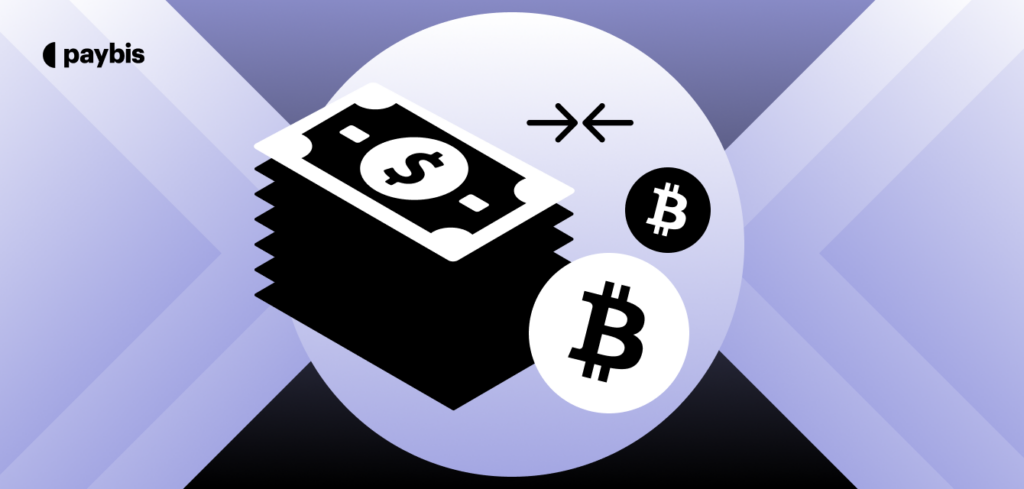Automated Market Maker (AMM)
An Automated Market Maker (AMM) is a type of smart contract used on decentralized exchanges (DEXs) to enable users to trade cryptocurrencies directly with a liquidity pool, rather than through a traditional order book. It allows for seamless, peer-to-contract trading without intermediaries.
What is an Automated Market Maker (AMM)?
An Automated Market Maker, or AMM, is a system that allows users to buy and sell cryptocurrencies on decentralized platforms using smart contracts, not traditional buyers and sellers. Instead of matching orders, AMMs use liquidity pools, pools of tokens supplied by users, to facilitate trades at algorithmically determined prices.
This approach powers popular decentralized exchanges like Uniswap, SushiSwap, and Balancer, making it possible to trade crypto instantly without relying on centralized intermediaries or market makers.
Platforms like Paybis focus on fiat-to-crypto access, but understanding AMMs helps users navigate the broader DeFi ecosystem, where peer-to-contract trading is the norm.
Defining the Background of AMMs
AMMs emerged as a solution to the liquidity and scalability challenges faced by early decentralized exchanges. Traditional order books, like those used on centralized exchanges, didn’t work well in a decentralized environment with fewer users.
Uniswap, launched in 2018, introduced the first widely adopted AMM model based on a constant product formula (x * y = k), which balances token prices in a pool automatically.
This innovation removed the need for active market makers and allowed anyone to provide liquidity and earn fees in return, reshaping how crypto assets are traded in the decentralized world.
AMM Usage
AMMs are primarily used in decentralized finance (DeFi) for swapping tokens, earning yield, and creating decentralized markets. Users can trade directly with smart contracts or contribute tokens to liquidity pools and earn a share of trading fees.
Common use cases include swapping stablecoins, providing liquidity for emerging tokens, and participating in yield farming or liquidity mining programs. While AMMs offer accessibility and decentralization, they also come with risks like impermanent loss and smart contract vulnerabilities.
FAQ
How do AMMs differ from traditional exchanges?
Traditional exchanges use order books to match buyers and sellers. AMMs replace that with smart contracts and liquidity pools, enabling trades without needing a counterparty. Prices are determined by a formula rather than market bids and asks.
Can anyone provide liquidity to an AMM?
Yes, anyone can deposit tokens into a liquidity pool on platforms like Uniswap or Curve. In return, they earn a portion of the trading fees generated from users swapping tokens in that pool.
What are the risks of using AMMs?
Key risks include impermanent loss (when token values diverge), smart contract bugs, and low liquidity in some pools, which can lead to price slippage. It’s important to research pools and platforms before participating.
Are AMMs only for crypto experts?
Not at all. Many platforms have user-friendly interfaces that make it easy for beginners to swap tokens or provide liquidity. However, understanding the basics, like how pricing and risks work, can help users make better decisions.
Disclaimer: Don’t invest unless you’re prepared to lose all the money you invest. This is a high‑risk investment and you should not expect to be protected if something goes wrong. Take 2 mins to learn more at: https://go.payb.is/FCA-Info


